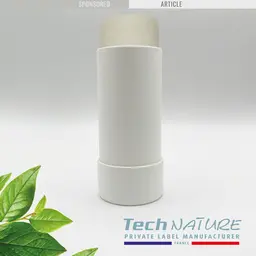
How to assess the real ecotoxicity of cosmetic ingredients and their effects on the environment? How can we measure their biodegradability, their persistence, change an excessive harmonized classification imposed by regulation or fight against the preconceived ideas that circulate on the Internet? At the Cosmetic Valley Perfumes & Cosmetics Congress held in Chartres on November 6 and 7, 2019, Paul Thomas, Cehtra’s eco-toxicologist, showed, in five examples, that it is not easy to make the distinction between myth, science and regulation…
The subject may be at the heart of current concerns, both of the general public and of political authorities, but it is also true that it still navigates in turbulent waters, and that reaching a certainty about the real ecotoxicity of a substance is not a long, peaceful river.
Paul Thomas illustrated it in five practical cases, each introduced by a topical question.
The dilemma of the biodegradability of mixtures
Question: Is my cosmetic product biodegradable?
The concept of biodegradability was established in the early 1970s, with a set of simple but rigorous studies to verify that substances released into the environment could not be bioaccumulative and have long-term effects.
The ready biodegradation of a substance is assessed according to two criteria:
• It must be 60% biodegraded in 28 days
• Once the 10% threshold is reached, it must be 60% biodegraded within 10 days
In this case, we consider that:
• 60% of the substance is mineralized and decomposes into carbon dioxide and water
• 10 to 30% is incorporated into the biomass, and is used by bacteria to ensure their growth
• The remaining, more “recalcitrant,” part does not degrade quickly, but is too small to be …













